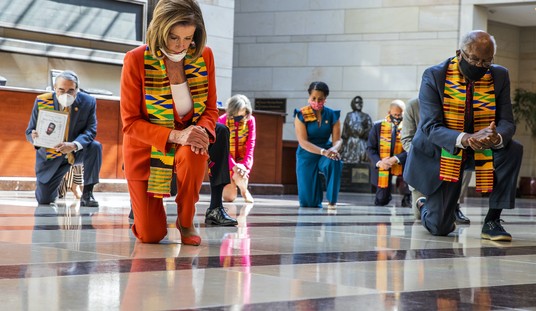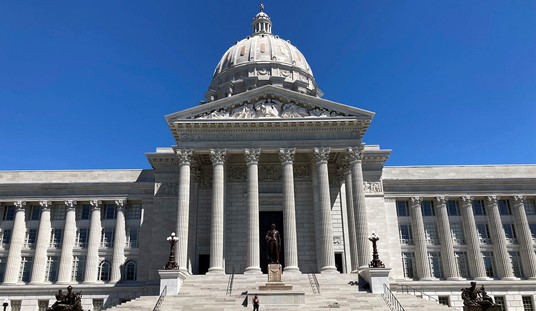
Every year, around this time in January, this week usually brings bad news for union bosses. What’s worse for them is that it has been this way for most of the last 30 years.
You see, this is the week that the Bureau of Labor Statistics releases its annual union membership survey, which details just how poorly unions are doing in America.
Not surprisingly, according to the BLS, unions shrunk again as a percentage of the American workforce in 2012.
As it stands today, 88.7 percent of all workers in the United States are now union-free—that’s both both the public and private sectors combined.
In the private sector, 93.4 percent of Americans are union-free today; whereas, conversely, in the public sector, only 64.1 percent of government workers are union-free.
Highlights from the 2012 data:
- Public-sector workers had a union membership rate (35.9 percent) more than five times higher than that of private-sector workers (6.6 percent). (See table 3.)
- Workers in education, training, and library occupations and in protective service occupations had the highest unionization rates, at 35.4 and 34.8 percent, respectively. (See table 3.)
- Black workers were more likely to be union members than were white, Asian, or Hispanic workers. (See table 1.)
- Among states, New York continued to have the highest union membership rate (23.2 percent), and North Carolina again had the lowest rate (2.9 percent).
Earlier this week, USA Today gave some analysis:
Total union membership fell by about 400,000 workers with more than half the loss — about 234,000 — coming from government workers including teachers, firefighters and public administrators.
Overall, union membership rates declined in 34 states, rose in 14 others as well as the District of Columbia and remained unchanged in two.
Rather than looking in the mirror and analyzing why the majority of Americans prefer to be union-free, however, über-union boss Richard Trumka at the AFL-CIO was quick to cast blame (as he always does) on “right-wing politicians.”
The fact of the matter is, however, as unions have been waiting for their union-bought allies in Washington to deliver the Holy Grail to them–the hallucinogenically-named Employee Free Choice Act (or “card-check”)–they stopped organizing new workers, as noted by labor researcher Susan Connelly:
Union representation petitions have been on a downward slope for the past fifteen years, since a high in 1997when more than 5,000 petitions (RC) were filed nationally. In 2012, the number of petitions was down to 1,986.
Maps help tell the 2012 story as well. High concentrations of petitions were filed in California, New York, Pennsylvania, Illinois, New Jersey, Michigan, Ohio, Missouri, Massachusetts and Washington. None were “right to work” states in 2012 (a new Michigan “right to work” law passed in December). By contrast, Wyoming had zero filings last year. Wyoming and 23 other states are “right to work” states.
The National Labor Relations Board (NLRB) offices that received the most representation petition filings in 2012 were Philadelphia, Brooklyn, Baltimore, Chicago and Boston.
To make matters worse for Trumka & Co., as the manufacturing sector of the economy is beginning to rebound slightly, it is doing so without being burdened with unions:
U.S. manufacturers have added half a million new workers since the end of 2009, making the sector one of the few bright spots in an otherwise weak recovery. And yet there were 4 percent fewer union factory workers in 2012 than there were in 2010, according to federal survey data
. On balance, all of the job gains in manufacturing have been non-union.
Unfortunately for taxpayers, though, the Bureau of Labor Statistics’ numbers do spell out the continuing dilemma that, in whole numbers, there are more government workers unionized (7.3 million) than those in the private sector (7 million). Yet, it is the private sector that pays the public sector’s salaries.
In any case, as it has been almost every year since 1983, this week in January was another bad week for union bosses.
_____________________
“Truth isn’t mean. It’s truth.”
Andrew Breitbart (1969-2012)
Cross-posted on LaborUnionReport.com
Photo credit: Aralani














Join the conversation as a VIP Member